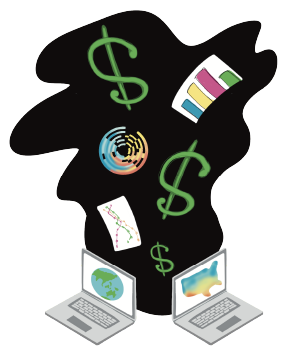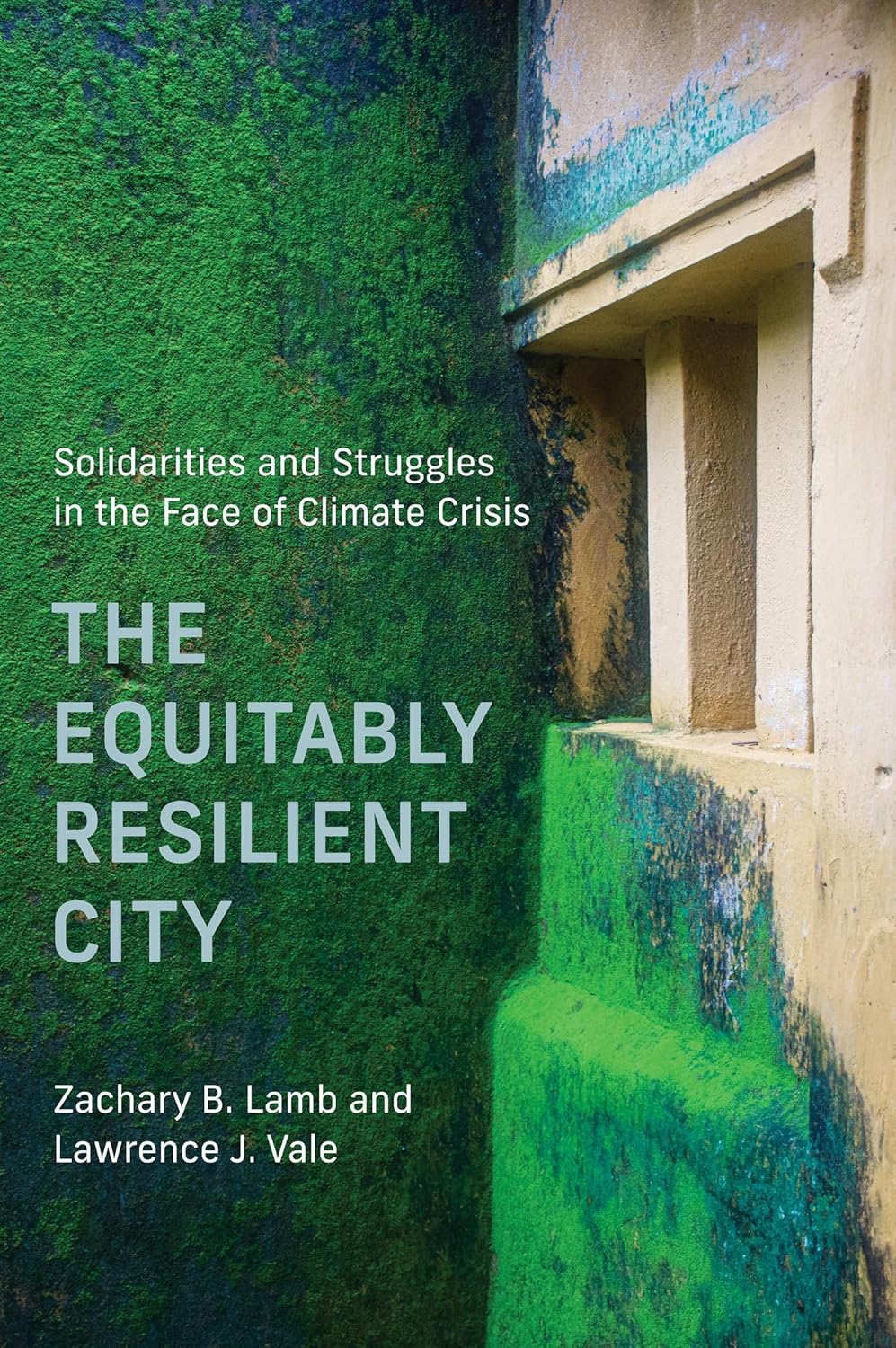The real cost of carbon

From its founding in 2014, the Climate Impact Lab has worked to build the world’s first empirically derived estimate of the social cost of carbon (SCC), which is the cost to society, in dollars, of emitting a metric ton of carbon. Solomon Hsiang, a professor of public policy at UC Berkeley and co-director of the lab, says that the SCC “had been written down in theoretical terms 30 years ago,” but only recently have advances in data science and cloud computing made it calculable using real-world data. Today, SCC is mandated by the Environmental Protection Agency (EPA) and used by agencies to do cost-benefit analysis in their reviews of major investments, like power plants. SCC is also used by policymakers to estimate how much society benefits from avoided costs by reducing carbon emissions.
The Climate Impact Lab is unique in that it brings together leading climate scientists, economists, and computational experts through partnerships with academic and private organizations. The lab’s research on SCC and other global climate models has demonstrated how climate change will further exacerbate inequality around the globe. This impact is clearly visible in the Climate Impact Map which is prominently displayed on the lab’s website. Users can explore outcomes such as energy costs, temperature changes and mortality rates under different carbon emission scenarios up to the end of this century.
Going forward, Hsiang’s lab is learning from their work with SCC to tackle challenges that society has yet to address. Hsiang says, “We take the ethos, methods, and tools that we have applied fairly successfully to climate and try to apply them to other problems as well. People in my lab are working on water pollution, biodiversity, fisheries—all sorts of large-scale policy problems that national governments are not dealing with or even thinking about correctly.”
------- Greg Tully is a graduate student in data science
Design by Jennifer Cummings
This article is part of the Spring 2022 issue.





